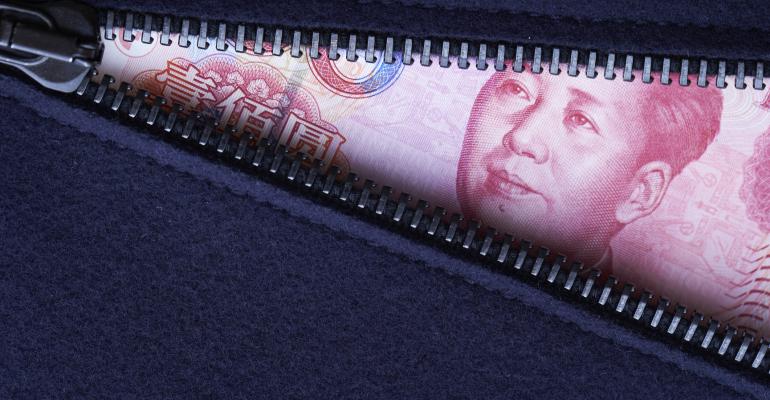KBS Realty Advisors made headlines earlier this month with news that it was reportedly looking to bring an IPO of U.S. properties to the Singapore Exchange (SGX). That potential deal highlights a convergence of trends—notably, that U.S. companies are evolving investment vehicles to make it easier for foreign capital to invest in U.S. real estate, and that Singapore is emerging as a major player in the global REIT market.
The SGX currently has more than 40 listed REITs and it is a melting pot of assets from countries throughout Asia, as well as Australia, the U.K. and the United States. The 2016 IPO of Manulife US REIT represented the first—and so far only—REIT backed by U.S. assets to list on the exchange. Manulife US REIT contains three office assets, including Figueroa in Los Angeles, Michelson in Irvine and Peachtree in Atlanta, totaling 1.8 million sq. ft. The REIT is currently reporting a net valuation of $857.5 million.
“The SGX has been positioning itself as not only a gateway to Asia, but as being particularly strong in the REIT space,” says David Bitner, senior research director in the capital markets group of real estate services firm Cushman & Wakefield. Singapore has a high concentration of private wealth management firms and is trying to attract more managed capital, including both retail and institutional investors, from throughout the region, he says.
One question is whether Manulife and KBS will blaze a trail to the Singapore market that others will follow. “Transaction advisors in Singapore, including Deloitte, have been promoting REIT deals in Singapore, because they believe it provides an attractive source of capital,” says Bob O’Brien, Deloitte’s global real estate and construction services leader.
Potentially, Singapore could offer U.S. companies the advantage of better pricing and a less congested market, notes Bitner. Many U.S. REITs are still trading at a slight discount to NAV. Some critics argue that the U.S. market already has too many REITs. There are about 190 REITs listed on the New York Stock Exchange, according to the National Association of Real Estate Investment Trusts (NAREIT).
The Singapore REITs could also provide a path of lesser resistance for Chinese investors who want to invest in real estate outside of China. The Chinese government has tightened its restrictions on investment in foreign real estate over the past 12 to 24 months. “Most of the restrictions have been targeted on direct purchases. So I think you are going to see more diversion of capital through financial companies that are going to be operating offshore in cities such as Hong Kong or Singapore,” says Bitner.
U.S. companies have been courting foreign capital for years, both abroad and at home. Launching an IPO in Singapore is an example of how U.S. companies are getting more creative in attracting international investors. There are new vehicles being launched, and the way that companies are structuring transactions is evolving as a means to capture that capital and grow their platforms, notes Stephen Collins, lead of capital advisors for JLL Capital Markets in Washington, D.C.
The Singapore REIT market is transparent, and it offers investors a tax-efficient structure for investing in international real estate. U.S. firms could use those structures as a means to raise capital and create new relationships with foreign investors.
Oftentimes what happens with large capital raises with institutions overseas, as well as here in the U.S., is that an investor might put money into the fund. If that fund performs well, the institution might also put a big chunk of money into a “sidecar deal,” such as a joint venture on a specific property, notes Collins. The alternative would be to go to Singapore, or other Asian markets, and meet with foreign companies and institutions individually to convince them to invest in a fund or joint venture deal. “It sometimes takes years to do that,” he says.
Investing in a Singapore REIT that contains U.S. assets might make it easier for foreign capital to invest in U.S. real estate. Recent reforms to Foreign Investment in Real Property Tax Act (FRPTA) loosened some of the requirements facing foreign investors, such as creating an exemption for qualified pension funds from FRPTA taxation and increasing a threshold for the stake that a foreign investor can have in a publicly-traded REIT from 5 to 10 percent. “There are still significant restrictions for foreign investors to tax-efficiently invest in U.S. real estate as compared to other types of investments,” says O’Brien. So it does take some sophisticated structuring to make real estate investment as tax-efficient as possible, he notes.

